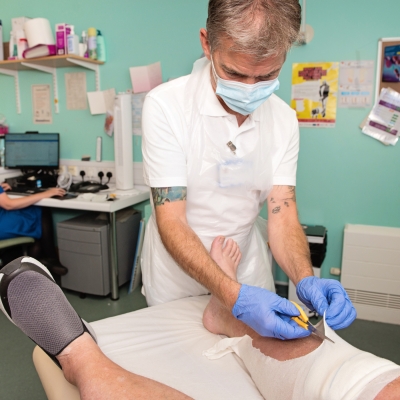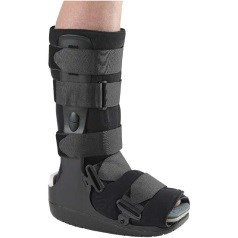Arm fractures
Overview
A broken arm can occur when any one of the three bones that make up your arm, the radius, ulna and humerus, are broken as a result of trauma. The most common cause of the condition is falling down and trying to break your fall by sticking out your arm. Recovery from a broken arm bone can take anywhere from a few weeks to over a month, depending on the type of break and the specific location of your injury. Following a period of immobilization to help your bone heal, your doctor is likely to prescribe physical therapy to help your arm return to its previous condition.
Strength Training
You may have had to keep your arm in a cast for several weeks following your break, and after your cast is removed you may notice a loss of strength in your limb. Strength training is likely to include exercises designed to help restore muscular strength to your arm. These exercises are likely to include bending and straightening your arm under resistance as well as internal and external rotation to help restore strength to your shoulder joint. Be sure that you perform these exercises exactly as prescribed in order to recover as quickly as possible.
Flexibility Training
Like the strength training exercises listed above, range of motion exercises are probably going to be prescribed to help restore full movement to your arm. The initial exercises are likely to be a bit painful, since your arm has probably been in a cast for several weeks. These exercises will include turning your hand up and down while keeping your elbow stationary, exercises to restore the movement of your elbow joint and even some exercises to restore movement to your shoulder joint.
Occupational Therapy
Depending on your specific job, therapy for a broken arm may include exercises designed to get you ready to return to work. These exercises can include manual manipulation of small parts, lifting exercises that mimic movements made during your work day and exercises that help strengthen specific muscles you use at work.
Sport Specific Therapy
If you’re an athlete, your doctor may prescribe physical therapy to help you speed your return to the playing field. Depending on your sport and your specific injury, these exercises can include throwing motions, catching exercises and exercises designed to help restore your hand-eye coordination. The specific types of exercises depend greatly on your chosen sport and your specific injury, however.
Range-of-Motion Exercises
During the initial phase, when your arm is still immobilized, start gentle range-of-motion exercises with your hand, wrist and fingers. Clench and unclench your fingers regularly. With your doctor's approval, begin to flex your wrist and hand several times a day. Once your cast comes off, your physical therapist will develop a plan to maintain and improve range of motion in your wrist, elbow and shoulder. Exercises for the shoulder will include abduction and adduction, internal and external rotation, and flexion and extension moves. Do these moves several times each day.
Stretching Exercises
Stretching moves are essential to rehabbing a broken arm. Perform triceps stretch, biceps stretch, wrist flexor stretch, wrist extensor stretch, and pronation/supination stretches for the wrist. These will improve the flexibility of the muscles in the forearm and upper arm. Do these stretches once or twice a day.



